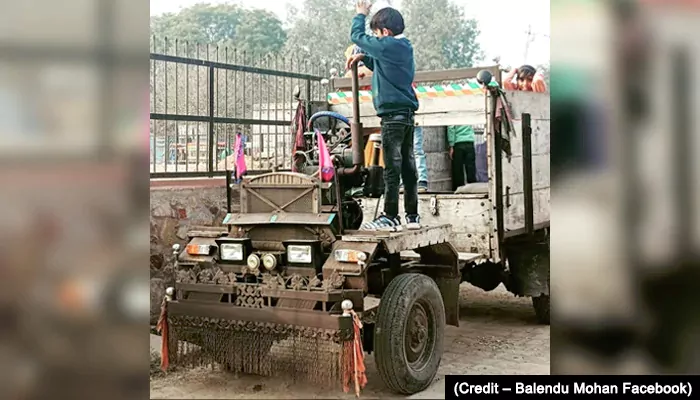
Despite the booming car industry, India still remains a price-sensitive market where not everybody can afford a branded four-wheeler.
Wild parties, lunch in boutique restaurants, foreign trips, SUVs, and flashy smartphones – that’s what you mostly get on Instagram Reels these days. This is the type of content posted mostly by those from urban India, and unfortunately, the majority live this life on credit cards and loans.
India’s car industry may’ve boomed over the last few years, but we certainly cannot praise the economy or credit the purchasing power of the people. Instead, we should thank financial institutions that have made getting loans extremely easy, putting the majority of Indians into a trap, as the country slowly sinks into debt, just like the West.
But how are these things connected to an article that is about India’s journey in the automobile sector since 1947? While urban India may be fixated on compact SUVs or full-sized SUVs, it is essential to remember that the majority of India is not urban. In fact, India remains largely rural, and as a result, many rural Indians still cannot afford flashy cars. So, what do they do? Jugaad!
‘Jugaad’ is a Hindi word that means to improvise and come up with a solution to make a thing work. In the automobile sector, a ‘jugaad’ vehicle could be as simple as a bullock cart in which the bullocks have been swapped for a motorcycle engine. The vehicle can have a steering wheel or even a motorcycle handle. Such vehicles are made out of improvisation and are neither legal nor registered. However, they are still considered a lifeline in rural areas, given that they are simple to build and are super economical. Some jugaads can be spotted with only three wheels.
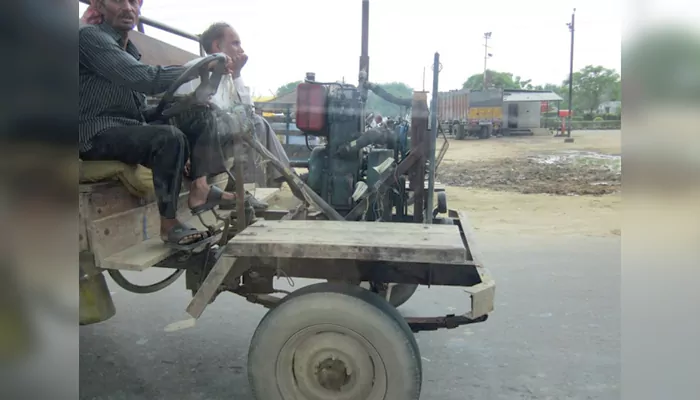
(Credit- The Wire)
India may flaunt expressways on various social media platforms, but the ground reality, especially in rural areas, speaks differently. Last-mile connectivity remains one of the significant problems in rural places, and even if there are road connections, they aren’t good enough for heavy vehicles to make journeys within an acceptable time frame.
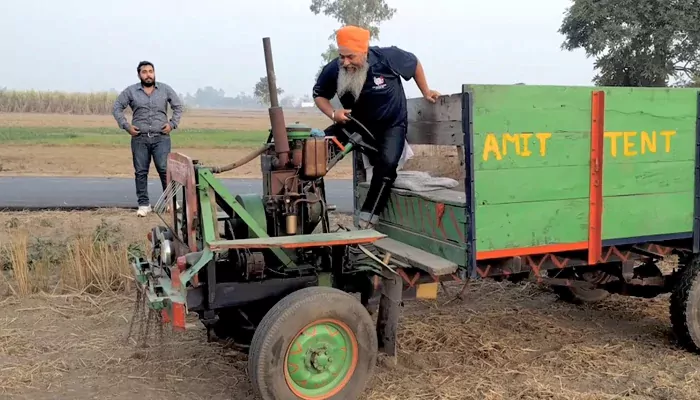
(Credit - Vintage Cycle YouTube Channel)
Not to forget, as mentioned at the beginning of the article, for rural India, even a motorcycle remains a dream; cars or any four-wheeler from a major manufacturer are out of reach. Therefore, the next best option is a jugaad vehicle.
Jugaad vehicles have been used in India since the 1950s. While there is no account of who or where the first-ever jugaad vehicle was manufactured, some reports suggest that the production of jugaad vehicles originated in Punjab and Rajasthan. Meerut’s name also comes up when searched on the internet, according to which scrap dealers had easy access to discarded army jeeps that were further stripped down to build a cheap jugaad vehicle.
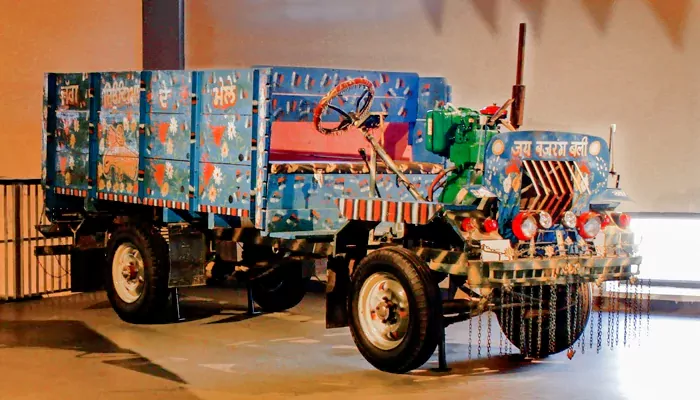
(Credit- Google Arts & Culture)
Originally a German brand named ‘Vidal & Sohn Tempo-Werke’, Tempo used to produce the Matador and Hanseat in Germany in the 1930s and 1940s to be used for military purposes.
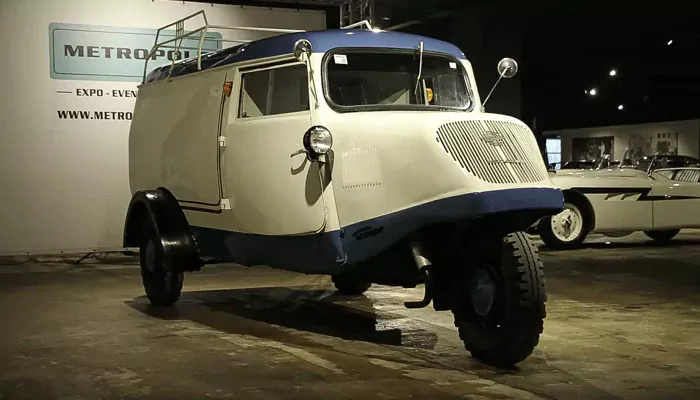
(Credit- Metropole.nl)
Firodia Ltd., a company based in India, began producing these two vehicles in India. Pronouncing the names was a problem, and given that the Hanseat was a three-wheeled vehicle, it was also referred to as a ‘jugaad.’ Although it was a proper vehicle with a decent price tag, it was primarily used in urban areas to transport goods and occasionally served as a commercial vehicle to transport people.
The story of the ‘jugaad’ vehicle illustrates how one side of India has accessed automobiles despite battling poverty, marking another significant chapter in India's automobile history in the post-independence era.